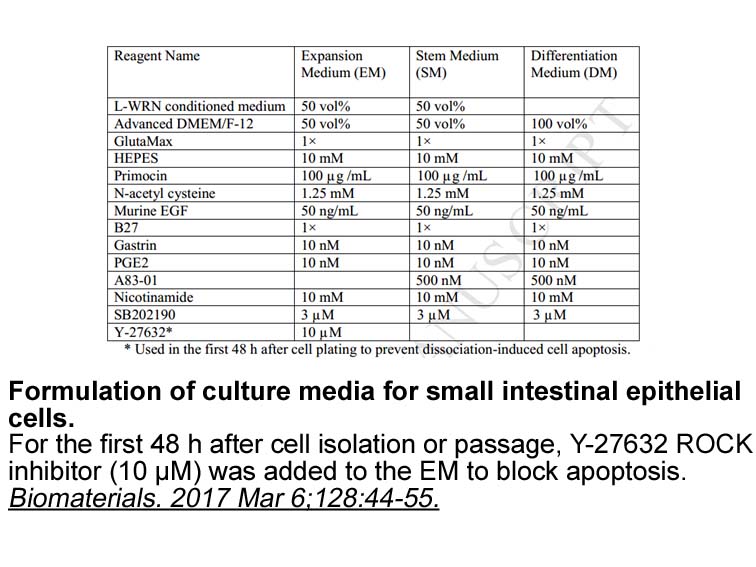Archives
While there is structural information on
While there is structural information on the core of the amyloid fibril, less is known about oligomer structure. There is evidence that the C-terminal of Aβ may form beta barrels in some oligomer species (Tay et al., 2013, Do et al., 2016), or may exist as loosely aggregated strands in other oligomers (Ahmed et al., 2010). The first 11 N-terminal residues appear to remain disordered (Breydo et al., 2016) but molecular dynamic studies of the N-terminal mutation A2T has revealed that the N-terminus may interact with hydrophobic residues in the central and C-terminal domains (Das et al., 2017). Thus, while N-terminal residues may not be incorporated into the growing amyloid core, they can affect oligomer formation and stability. Whether they can be involved in pore formation described in some toxicity studies is unknown.
There is also evidence that the N-terminus of Aβ may directly influence toxicity. The N-terminal region of Aβ1–42 interacts with the FcγRIIb receptor and through this interaction it can regulate toxicity of cultured neurons as well as memory impairment in an animal model of AD (Kam et al., 2013). Additionally, neurotoxicity induced by oligomeric Aβ isolated from AD patients was reduced by Aβ N-terminal AACOCF3 but not Aβ C-terminal antibodies, thus highlighting the significance of N-terminal region in regulating the toxicity of Aβ peptide (Shankar et al., 2008).
We and others demonstrate that rAβ1–42 is much less potent than hAβ1–42 in reducing cell viability (Boyd-Kimball et al., 2004). Of the three residues that differ between mouse and human, the 5th position residue has been proposed to be most important in conveying toxicity because “humanizing” this residue alone (the equivalent of our Rfr) was sufficient to restore its toxic effect in one study (De Strooper et al., 1995). A problem with this conclusion is that it was based on a study in primary neurons infected with mutated APP. While these cells suffered reduced viability, this was associated with increased production of Aβ and higher Aβ 42/40 ratios so we cannot conclude whether the structure of Aβ oligomer produced or its ability to aggregate into fibrils influenced toxicity, or whether this was simply due to the presence of more Aβ1–42. Given the characteristics of the amino acids in question, a charged amine (R) at position 5 in human, a phenolic residue (Y) at position 10 in human, and a charged amine (H) at position 13 in human, the mutation with the most significant electrostatic or steric effect should be replacement of position 5 R with G, a smaller uncharged residue. Replacing Y with F (both phenolic) and H with R (both charged amines) would not be predicted to affect structure as much. All the mutants, however, formed oligomers that were larger than hAβ1–42 oligomers and were the dominant species when co-incubated with hAβ1–42. This suggests that the mutant oligomers may have incorporated or absorbed the hAβ1–42 aggregates into their larger structures, as has been proposed previously (Kumar et al., 2015). This interaction between mutant and hAβ1–42 oligomers must have been relatively loose because combining mutant and hAβ1–42 oligomers did not rescue cells from the toxic effects of hAβ1–42 oligomers.
Given the range of above-mentioned possible mechanisms by which Aβ aggregates may affect cell viability, it remains unclear exactly how aggregate size influences pathogenesis, but larger mutant oligomers may be unable to incorporate into pore-forming structures in the membrane or interact with binding partners on the cell surface because of steric hindrance. Alternately, the N-terminal exposed residues, containing the mutations studied here, may electrostatically prevent binding to receptors or even facilitate mutant Aβ clearance. Because there was neither a rescue effect nor a competitive inhibitory effect on cell viability when mutant oligomers were added to preformed human Aβ oligomers, we can conclude that the larger mutant oligomers
as has been proposed previously (Kumar et al., 2015). This interaction between mutant and hAβ1–42 oligomers must have been relatively loose because combining mutant and hAβ1–42 oligomers did not rescue cells from the toxic effects of hAβ1–42 oligomers.
Given the range of above-mentioned possible mechanisms by which Aβ aggregates may affect cell viability, it remains unclear exactly how aggregate size influences pathogenesis, but larger mutant oligomers may be unable to incorporate into pore-forming structures in the membrane or interact with binding partners on the cell surface because of steric hindrance. Alternately, the N-terminal exposed residues, containing the mutations studied here, may electrostatically prevent binding to receptors or even facilitate mutant Aβ clearance. Because there was neither a rescue effect nor a competitive inhibitory effect on cell viability when mutant oligomers were added to preformed human Aβ oligomers, we can conclude that the larger mutant oligomers  did not induce a protective response and did not compete for the same binding partners as hAβ1–42 oligomers.
did not induce a protective response and did not compete for the same binding partners as hAβ1–42 oligomers.